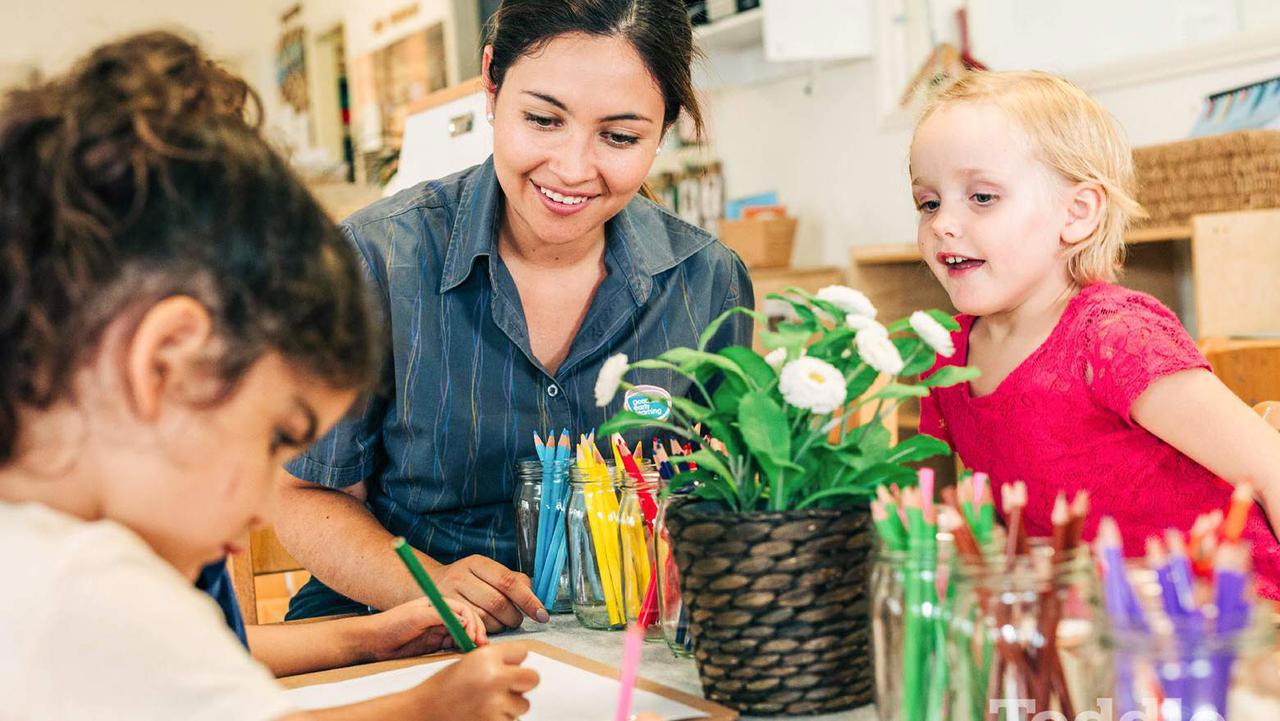
Great words grow from humble beginnings, and as soon as your child starts to recognise letters and link them with sounds, they’re on their way to spelling success!
Little words like ‘A’ and ‘I’ lead to bigger ones, like ‘Apple’ and ‘Incredible,’ and educators have lots of tricks to teach spelling bit-by-bit.
At home, you can create a spelling bee buzz with fun activities and ready-made resources, so let’s take a quick lesson in spelling for kids.
How do kids learn to spell?
To be a good speller, your child needs to learn about:
- The sound structure of language
- The written letters that represent spoken language
- The smallest parts of words that carry meaning, and
- The origins of words.
Obviously, your tiny tot won’t know that the spelling of ‘bicycle’ is rooted in the Latin for ‘two wheels’, but as they learn their A, B, Cs, and wrap their mouths and minds around word sounds, they’ll start to build the knowledge they need to spell simple words, then more sophisticated ones.
In the early years, your child will experiment with writing by copying letters they see. Then, as they realise that letters represent speech sounds (aka ‘phonemes’), they’ll start to use a few letters to represent words, or parts of them.
By the time your tyke goes to school, they’ll be trying their hand at ‘invented spelling’ (e.g. ‘kam’ for ‘came’) and can start to learn the real spelling of high-frequency words, like ‘were’ and ‘they.’
Your child will see how words can be broken down into onset and rime (e.g. ‘c-at’ and ‘p-ig’), and over time, they’ll learn how to string syllables together, using common letter patterns, and create ‘word families’ (like ‘help’, ‘helper’ and ‘helped’).
After that, they’ll explore compound words (like ‘playmate’), prefixes (like ‘non-‘ and ‘re-‘), suffixes (like ‘-er’ and ‘-ish’), silent letters and long vowels; and as your kiddo gets older, their spelling advances into the realm of homophones (e.g. ‘knight’ and ‘night’) and unfamiliar/complex words.
Teachers follow a curriculum to teach spelling year-by-year, and although words like ‘onomatopoeia’ are a struggle for all of us, practice makes perfect, and a well-rounded spelling knowledge means your child doesn’t have to rote learn every word in the Dictionary.
They can apply what they know to put the correct letters together.
How can parents help kids with spelling?
At school, spelling strategies like ‘look-cover-say-write-check’ help your child to learn sight words, and at home, you can pump up the fun factor with spelling activities for kids.
Here are four ways to inspire word wizardry:
1. Share entertaining books
Your child needs to see and hear printed words to build visual memories and phonological awareness, so choose books that are big on rhyme and repetition (hello Dr Seuss), then throw yourself into the reading!
You can break words into sounds (e.g. ‘f-i-s-h’) or syllables (e.g. f-ish), and don’t forget that fiction and non-fiction contains high-frequency words and unique spellings for older readers.
2. Offer interesting materials for spelling practice
Your young child can replicate simple words using fingerpaint, foam letters, magnetic letters, pipe cleaners, wool or play dough.
It’s also fun to draw words in sand, rice or flour with their fingertip, or copy crayon-resist sight words (that are magically revealed with water colour).
Your school kid can practice their spelling by using a different colour for each letter or writing creative stories and cards/letters/emails to family.
3. Play spelling games
Store-bought games, like Orchard Toys Match and Spell, Scrabble Junior and Zingo! Word Builder are brilliant, but fun doesn’t have to cost a thing.
Hangman is a classic DIY game that challenges players to spell out a mystery word before the stick figure ‘expires’; and Word Heads is like Celebrity Heads. Players try to guess the word stuck to their head (e.g. “Is it an animal?”), then spell it aloud.
Online games are also super engaging for kids, and ABC Reading Eggs’ Fast Phonics games are a genius way to teach letter-sound recognition, blending and spelling.
4. Roll out spelling resources
Twinkl has stacks of spelling printables, including kid-friendly crosswords, and you can always make your own activity pages.
One idea is to write down lots of words, then challenge your child to circle those spelt correctly.
You can also transform your tyke into teacher by giving them a paragraph to correct (with red pen, of course!).
At the end of the day, being able to spell isn’t a natural born talent. It takes teaching and practice, and good spelling comes easier to some people than others.
A quality child care service will help your little one reach their potential and get ready for school. To find a great place for your pre-schooler, search Toddle.